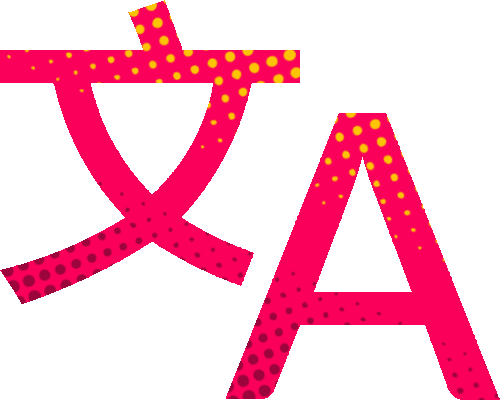Completed translations → A few paragraphs in Dutch (NL → EN)
✔️ Done — This request has been fully completed.
Wiki: w:c:currencies
Items: http://www.egmp-vzw.be/Pdf/jaarboeken/2000%20-%202010/JEGMP_2009_11.pdf
Extra information: I just need the paragraphs of the "DE NA-OORLOGSE HERVORMING VAN DE METAALGELDOMLOOP" section translated (page 17 in the pdf to page 21)
Signature: Dser (talk) 20:42, August 25, 2017 (UTC)
✔️ Done Where do you want me to place the translation? Placed translation below —Mainframe98 wall·edits 11:30, August 26, 2017 (UTC)
- Thanks! :) --Dser (talk) 14:31, August 26, 2017 (UTC)
Translation[]
== 5. The post-war reforms of the metal currency circulation (1947-1948) == On May 17, 1947, Georges Verlinde, director of de Munt, requested that the artists Marcel Rau and Armand Bonnetain submit designs for the planned nickel copper pieces of 5 and 1 franc, as well for the bronze pieces of 10 and 20 centimes. De director of de Munt granted them full artistic freedom regarding composition but their proposals were considered to be hardly original. He ordered plaster models for the three coin pieces from them, but this time, a certain theme and circumscription were made mandatory. The royal issue and the rebuilding of the country resulted in designs which did not have a reference to the king and placed emphasis on the sectors of the Belgian economy, were picked. The bronze change coin was required to contain an effigy of a miner as a symbol for the industrial sector. The effigy of a mower was required to represent the agricultural sector. In this second proposal, designs for silver pieces of 50 and 20 francs were ordered with a portrait of Mercurius (or Minerva) as a symbol of trade. Bonnetain’s Mercurius A somewhat uniform flip side was to contain the following elements: the value, the king’s crown as the sole – neutral – symbol of the monarchy, potentially the coat of arms and the year. Per the proposal of the director-general of the Thesaurie an order was placed to design a four kings piece of 100 francs. The goddess Ceres Armand Bonnetain provided bass reliefs for the three coin types with effigies of a miner on the change coins, the goddess Ceres<ref>Ceres, Old-Italian goddess of agriculture. Ceres is pictured with a wreath of corn ears, a scepter and a basket with fruits or flowers. Dr. Adelaïde van Reeth, Encyclopedie van de Mythologie, Tirion-Baarn, 1992, p. 54</ref> on the copper nickel coins and the god Mercurius on the silver pieces. Armand Bonnetain did not provide a design for the “dynastie”-piece of 100 francs. Afterwards, the designs were minted in a test. Type Miner Type Ceres Type Mercurius Bonnetain’s Miner As a sum of 30,000 francs per designed type was provided, Bonnetain received a total of 90,000 francs. Unfortunately, history has taught us that the designs of Bonnetain were never used, and those of Marcel Rau were picked instead.
